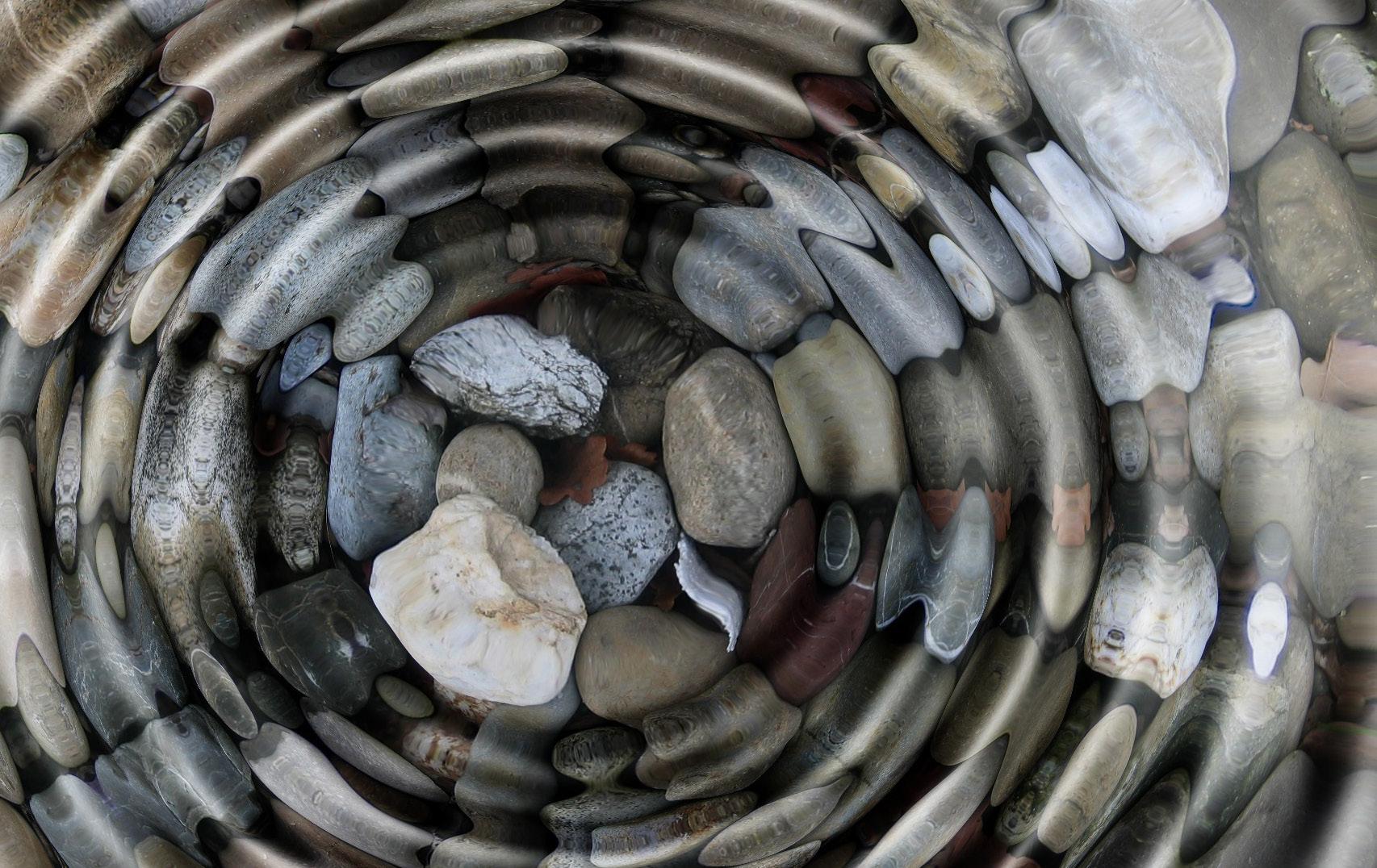e sse nt i al landmark
Shorewood Hills
HOME TO DISTINGUISHED RESIDENTS by Jea nne Engle Last issue, we featured John C. McKenna Sr., developer of the Village of Shorewood Hills. Building for Shorewood Hills began in College Hills, his first plat, prior to World War I but didn’t take off until the 1930s and again after World War II. Development of the Shorewood plat began later in the mid-1920s. Architects brought an eclectic mix of building styles to Shorewood Hills, designing houses for some of Madison’s most successful individuals.
Butts was the first director of the Wisconsin Union, serving in that capacity from the opening of the Memorial Union building in 1928 until 1968. He helped design the buildings and programs for more than 100 student unions in the United States and around the world. A representative of the Association of College Unions International called Butts “the most influential figure in the development of the college union movement in the United States” upon his retirement.
Frank M. Riley, designer of 14 homes in Shorewood Hills, was one of the most important architects to practice in Madison in the early 20th century. Born in Madison and educated at the University of Wisconsin–Madison and the Massachusetts Institute of Technology, Riley spent time working in Europe before returning to Madison in 1914 to begin his own architectural firm. According to the National Register of Historic Places nominations, Riley is “best known for his residential designs, most of which were expertly and knowledgeably done in either the Colonial Revival or Georgian Revival style. … Riley was equally at home with all the major period revival styles, and his mastery [of these styles] resulted in some of Madison’s finest houses.” Interestingly, several of the local architects who designed homes in Shorewood Hills worked for Riley’s firm over the years, including William V. Kaeser.
A few years ago, the naming of an art gallery at the Memorial Union for Butts proved controversial when it was discovered that, as a student, he had been a member of an honorary society called Ku Klux Klan. Not affiliated with the secret racist organization, the society changed its name to Tumas (a Native American term) in 1923. Nonetheless, some students in 2018 expressed that they felt uncomfortable around the gallery because of the name and perceived historical ties, so Butts’ name was removed. Today Butts’ professional accomplishments are presented as part of the Union’s history on a second-floor kiosk.
Recognized as “Madison’s Organic Architect,” in 1935, Kaeser was Madison’s first city planner. His home designs were largely influenced by Frank Lloyd Wright, especially in the Porter and Mary Lou Butts House, built in 1937. One of the first modern houses in the area, the interior walls are clad in wood paneling, and expansive windows overlook lush greenery—a house reminiscent of a tree house both inside and out, as reported in Dwell. 38 | m a d i s o n e s s e n t i a l s
Ryan and Emily Bohochik, current owners of the Butts House, have lived there for the past two years. “The setting is phenomenal,” says Ryan. “The house is built into nature and sits well into the hill, a real complement to the landscape. This house is everything we could have dreamed for, very suited to modern-day living. … I love the house’s connection to history.” The Bohochiks possess the original blueprints and contract for building the house. Kaeser built his own home and studio on Circle Close in Shorewood Hills in 1951. His modern-style home showcases the effective use of natural materials. The large living room features a copper-hooded fireplace.









